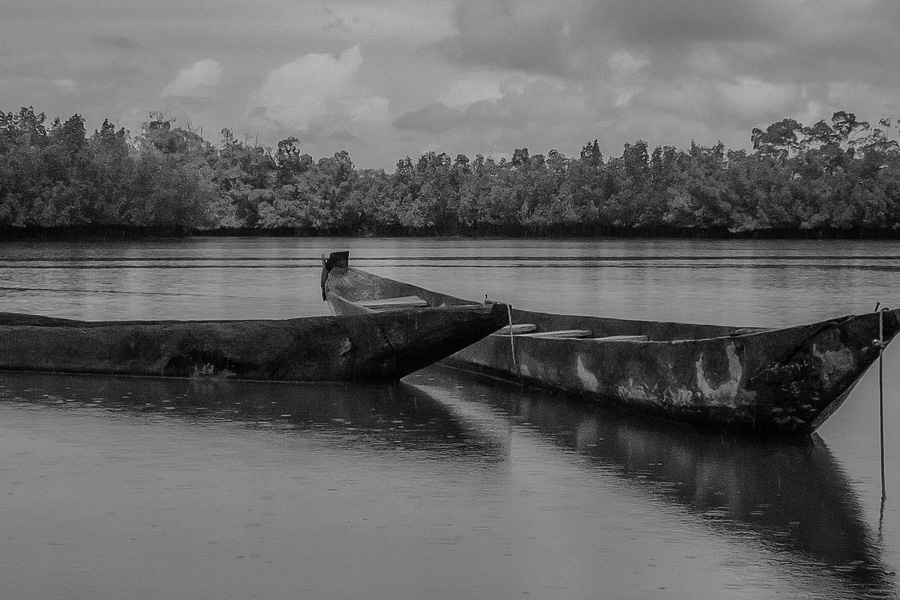The IMF released a sobering Regional Economic Outlook (REO) for Sub-Saharan Africa last month. In 2020, the regional economy shrank by 1.9% and this year the IMF forecasts only 3.4% year-on-year growth for Sub-Saharan Africa compared to 5.8% for the world at large. As a result of this ‘great disruption’, the REO projects an additional US$425b external financing gap between 2021 and 2025, and calls on the international community to take note. The IMF argues, convincingly, that the challenges posed by the ongoing coronavirus pandemic cannot be ignored, particularly while the international distribution of vaccines remains such an uneven affair.
With that being said, it is equally important that we keep sight of the heterogeneity of economic prospects across African countries and time horizons, detailed in the same IMF analysis. South Africa together with Africa’s most resource dependent countries, particularly the oil exporters, are the ones where economic headwinds are expected to be most acute. However, more diversified economies like Kenya’s are on a different footing even now. Not plain sailing, but considerably better.
The region as a whole is set to gather pace over the medium term. For example, in 2021, only eight African countries are forecast to grow more quickly than the global average. But in 2022, that number increases to 27 and by 2023, it is 39 of the 46 Sub-Saharan African countries. Threaded through the anticipated recovery are international and local factors, such as stimulus in the developed countries, the resuscitation of global consumption and commodity prices, as well as resilience and the extension of pre-pandemic dynamics at home.
Gambia is a case in point. The country grew on average 6% per annum between 2017 and 2019, before falling to 0% in 2020 as a result of the pandemic. This year it is expected to return to above 6% per annum. And whereas global growth will tailor off from 2022 onwards, the Gambia is projected to continue expanding at 6-7% per annum over the medium term. This forecast rests on several structural elements:
- Natural resource wealth The Gambia’s position on the West African coast and along the River Gambia, along with its people and their culture, has allowed the country to market itself as the Smiling Coast of Africa. Of the region’s 55 countries, it is 50th in landmass, but 20th in terms of tourist arrivals. In addition, agricultural products, particularly nuts, vegetables and sugar cane, account for almost 80% of merchandise exports even though the Gambia still imports key staple food products and yields in the sector as a whole are below potential. Over the medium term, international arrivals will progressively recover as the pandemic abates, while the agricultural sector benefits from productivity gains, and enhanced domestic and regional supply chains. Official figures do not sufficiently capture the extent to which the Gambia is the base for re-exports to neighbouring countries in West Africa. That strategic position could pay dividends.
- Demographics Total population growth and urbanisation in the Gambia are among the fastest in the region, contributing to growth in demand for goods and services, eg, staple food products, housing and building materials. Additionally, according to formal estimates and anecdotal evidence, the Gambia has a comparatively large diaspora who maintain meaningful links to the country. This is very much evident in the size and reliability of remittances. The Gambia received US$150m in 2018, US$202m in 2019 and US$274m in 2020, the year of the pandemic. Those funds support consumption and local real estate, as well as the stability of foreign exchange reserves and the local currency (Dalasi).
- Political A single individual – Yahya Jammeh – governed the country from a July 1994 coup d’état until January 2017. His successor, Adama Barrow, was elected in the December 2016 and has been able to implement policy reform and engagement with the international community with considerably more success. Elections are scheduled to take place again this December. Anticipation of the polls and the potential for a change in administration has not disrupted engagement from the international community or the diaspora.
Forecasts should be treated with humility even in the best of times. And, right now, uncertainty is particularly acute. In addition to the threat coronavirus poses to the world at large, Gambia investors must contend with local risks like the upcoming December 2020 elections and an incomplete constitutional reform process. Other out-performers like Kenya (expected to grow around 8% this year) will have their own peculiarities. However, part of that necessary humility means recognising the differences, strengths and opportunities at play. This is true across the region, but especially in the non-oil dependent countries.








